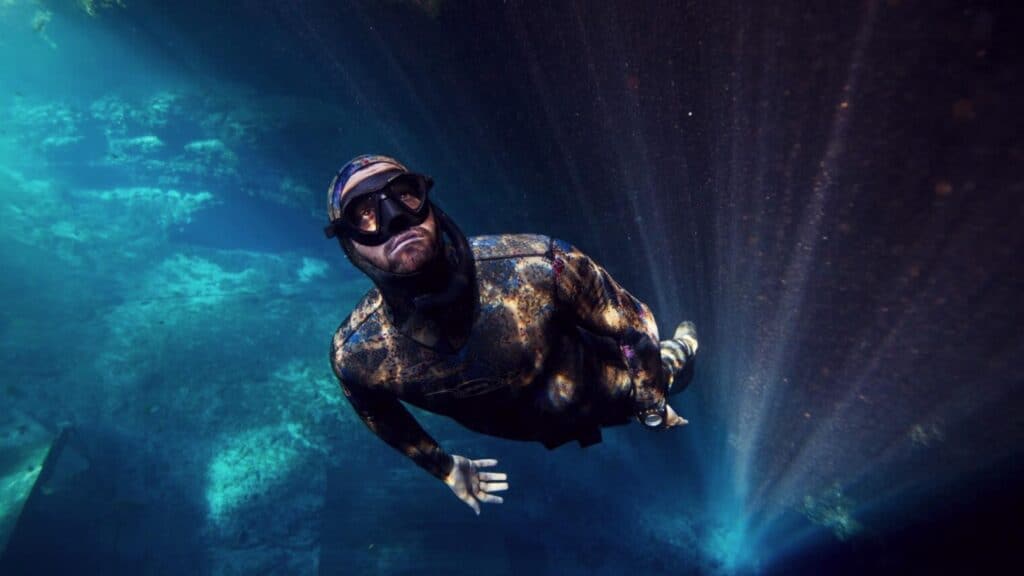
What is Freediving?
- Freediving
-
Mar 17
- Share post

Freediving can go by several names including skindiving, breath-hold diving, free-diving or snorkeling. Some get into freediving purely for recreational purposes while others may be more interested in the competitive side of things. The simple definition is holding one’s breath while in the water.
Freediving Terminology
Constant Weight Freediving (CWT or CNF): Descending to a maximum depth while following a guideline, can be done with or without fins. When done without fins it is referred to as CNF (Constant No Fins)
Free Immersion (FIM): Free Immersion Apnea or Free Immersion Diving goes by the same principles of CWT, maintaining constant weight, but it allows for the freediver to pull down/up on a rope for assistance.
No Limits Apnea (NLT): Utilizing a weighted sled to descend and an inflatable bag to ascend
Static Apnea (STA): Holding one’s breath while floating or standing on the bottom, typically in a pool.
Dynamic Apnea (DYF or DNF): Breath-holding while swimming horizontal in a pool, with or without fins
Recreational Freediving
Reading the terminology above makes freediving sound like a complicated sport and something that would require extensive training. The beauty of freediving is its simplicity. All you need to get started is a mask and fins. Snorkeling and freediving are easily blended by diving down and taking a closer look at the underwater world. Just like closed-circuit rebreather diving, freediving does not produce bubbles. This creates less disturbance and can allow for closer encounters with marine life.
Safety While Freediving
Freediving can be a very safe and fun sport but it is important to follow some guidelines.
- Buddying
Finding the right buddy is extremely important. You want to find a buddy with similar freediving abilities. If your buddy’s limits are less than yours this should be taken into account when planning your dive.
- Know the conditions of where you are going freediving.
Is there any current? What is the visibility? How deep is the bottom? Some of these things may change on a daily basis so before you enter the water figure out the conditions to help you make your plan.
- Plan Your Dive. Dive Your Plan
If you are already a certified scuba diver, you may have heard this from your instructor when getting certified. Just like scuba diving, free divers should make a plan before getting in. Figure out what the conditions are before entering. How will this affect your plan? If you are going for a depth dive discuss the plan beforehand, how deep are they going, what depth will you meet your buddy.
- Use a Freediving Buoy and Line
Freediving buoys serve multiple purposes. They serve as a safe place to rest in between dives, somewhere to store equipment and serve as a marker to alert boats there are divers in the area. Freediving lines serve as safety purpose as well. If the underwater visibility is poor it can serve as a guideline back to the surface. If your buddy on the surface can’t maintain eye contact due to poor visibility they can feel vibrations or tugging through the line as you pull yourself down or up.
- Take a Freediving Course
While freediving does not require any certification, it is a good idea to get proper training. Freediving certifications teach you how to train and dive safely and also teach you how to be a good dive buddy. IANTD, PADI, SSI, RAID all offer courses ranging from “Basic Freediver” to Master Freediver.
If you are just venturing in to the world of freediving, remember to be safe, always dive with a buddy and if a course is being offered locally we strongly encourage you to sign up for it.